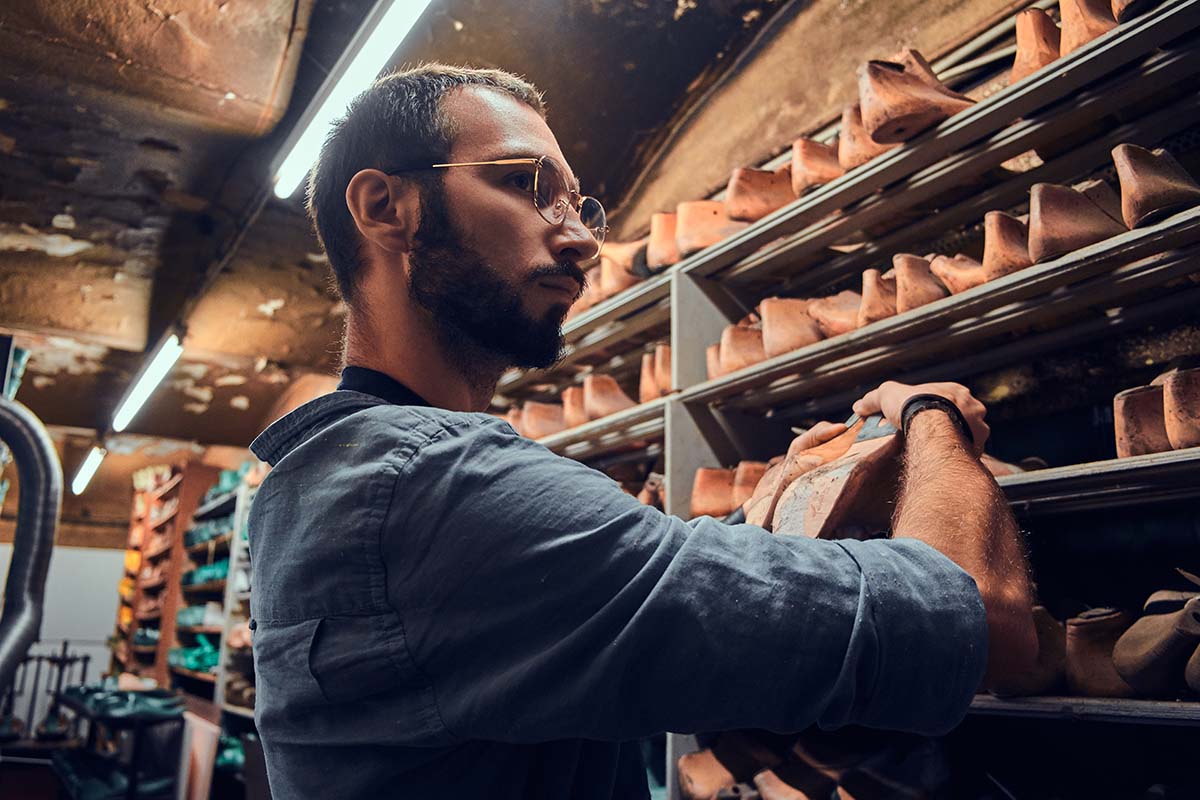The Resurgence of Brick-and-Mortar Retail: Blending Online and Offline Shopping
In a market that seems increasingly dominated by online shopping and e-commerce giants, it might be surprising that brick-and-mortar retail is experiencing a resurgence. While the digital age has undoubtedly transformed the retail landscape, it has also prompted traditional brick-and-mortar stores to evolve and adapt.
This article will delve into the fascinating trend of brick-and-mortar stores embracing e-commerce strategies and explore how 3PL software plays a pivotal role in helping retailers manage inventory seamlessly across online and offline channels.
The Changing Face of Brick-and-Mortar Retail
Not too long ago, the rise of online shopping was seen as the death knell for traditional brick-and-mortar stores. However, these physical retailers have proven to be remarkably resilient. Rather than fading into oblivion, they have found ways to survive and thrive in the digital era.
Embracing E-Commerce Strategies
One of the key factors behind the resurgence of brick-and-mortar retail is the willingness to embrace e-commerce strategies. Instead of viewing online shopping as their enemy, many traditional retailers have incorporated it into their business models. They have recognized that consumers today seek convenience and flexibility, and by blending the online and offline shopping experiences, they can cater to these evolving needs.
The Power of Omnichannel Retail
Omnichannel retail is a concept that’s at the heart of this resurgence. It creates a seamless shopping experience across various channels, including physical stores, websites, mobile apps, and social media platforms. Shoppers can browse products online, purchase and pick up their items at a nearby store or have them delivered to their doorstep. This approach caters to modern consumers’ diverse preferences and maximizes a retailer’s reach and revenue potential.
Personalization and Customer Engagement
Online shopping offers the advantage of personalized recommendations and tailored shopping experiences. Brick-and-mortar stores have taken note and have started incorporating similar strategies. They use data analytics and customer insights to offer personalized discounts, promotions, and recommendations to shoppers who visit their physical locations. This level of engagement enhances customer loyalty and encourages repeat visits.
The Role of 3PL Software
Third-party logistics software is a robust tool that helps retailers manage their inventory and logistics efficiently across both online and offline channels. Here’s how it works:
Centralized Inventory Management: 3PL software allows retailers to maintain a centralized view of their inventory. This means that whether a product is sitting on a store shelf or in a warehouse for online orders, the retailer can track it in real-time. This level of visibility is crucial for preventing overstocking or running out of popular items.
Seamless Order Fulfillment: With the help of such software, retailers can seamlessly fulfill orders from various sales channels. Whether a customer buys a product online or in-store, the system ensures that the order is processed efficiently, reducing the chances of errors and delays.
Optimized Supply Chain: They also assist retailers in optimizing their supply chain. It provides insights into demand forecasting, order routing, and transportation management, enabling retailers to make data-driven decisions that reduce costs and improve overall efficiency.
Enhanced Customer Experience: The ultimate goal of using software like this is to enhance the customer experience. By ensuring that products are readily available, orders are processed smoothly, and deliveries are timely, retailers can create a positive shopping experience for their customers, regardless of their chosen channel.
Conclusion
The resurgence of brick-and-mortar retail is a testament to the industry’s ability to adapt and evolve in the face of technological disruption. The key takeaway is that the future of retail lies in the seamless integration of online and offline shopping experiences, providing consumers with the flexibility and convenience they crave. As technology advances, you can expect even more innovative solutions to enhance the retail landscape, ensuring that it remains vibrant and relevant for years to come.




















